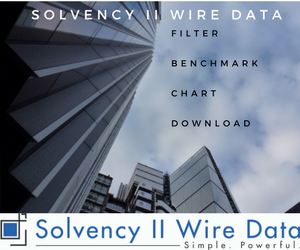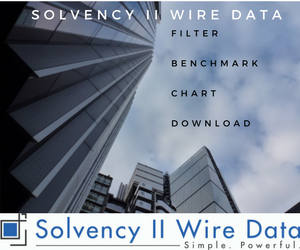Simˈpōzēəm
 Solvency II look-through reporting will affect not only insurers and asset managers, but others in the complex information chain that leads from raw data in the fund to the individual cell in the reporting template. Chris Johnson, Head of Product Management, Market Data Services, HSBC Securities Services, is the Chairman of the TPA Solvency II Working Group*, a group of fund administrators working with the Investment Management Association on Solvency II reporting. In this article he outlines the working group’s perspective on the logistical and technical challenges facing the industry.
Solvency II look-through reporting will affect not only insurers and asset managers, but others in the complex information chain that leads from raw data in the fund to the individual cell in the reporting template. Chris Johnson, Head of Product Management, Market Data Services, HSBC Securities Services, is the Chairman of the TPA Solvency II Working Group*, a group of fund administrators working with the Investment Management Association on Solvency II reporting. In this article he outlines the working group’s perspective on the logistical and technical challenges facing the industry.




